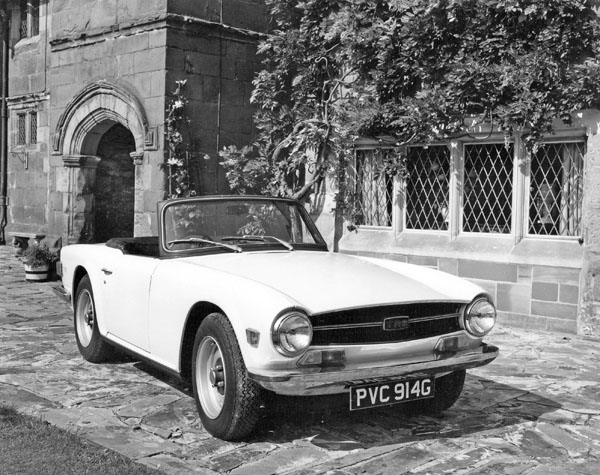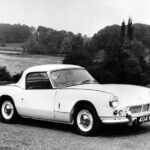Car manufacturers don’t really set out to make bad quality cars, but the 1970s were notorious for cars with serious defects. The Triumph TR6 was one of the numerous makes that embodied serious defects due to shoddy quality control. The Triumph TR1s, TR2s and TR3s of the 1950s and 1960s were great little sports cars and even though they required the occasional bonnet lift to fix their odd little quirks, this was accepted and even considered part of the fun of owning a sports car at the time.
As British Leyland advanced the Triumph line towards more powerful cars they seemed to leave the solid ground of mechanical reliability behind and by the mid-1970s had a deplorable run of faulty manufacture and bad design ideas. The lowest point of quality control was reached in 1974-78.
Cars produced during that time were the Spitfire, Spitfire 1500, TR6 and TR7, with convertible and hardtop variants. Spitfires and Spitfire 1500s had 2.1-metre wheelbases, TR6s had 2.2-metre wheelbases and TR7s had 2.1-metre wheelbases. Spitfires and TR7s of 1974-78 were powered by four-cylinder engines, while TR6s had six-cylinder power plants.
TR6 models from as early as 1968 to 1976 had a defective lower trunion pin that was designed without a grease nipple. This pin, an integral part of the vehicle’s steering apparatus, was known to break on rough roads, and was worse when crossing over railway lines. Perhaps even more dangerous were the brake proportioning valves that occasionally blew the dashboard warning light completely out of its socket – and only then would the warning light flash on!
The 1974 TR6s had frequent accelerator linkage problems that all too often led to uncontrolled acceleration. These electrical and mechanical problems blunted the Triumph’s cutting edge in the marketplace. Windshield wiper/washer failures and persistent fuse burnouts resulted from badly designed wiring arrangements. Engine fires were a problem for the 1975 Spitfires, and 1974 TR5 models had the unfortunate potential for fuel leaks from a number of sources in the engine compartment.
This litany of problems was only part of the mounting disaster for the automaker and no doubt contributed in no small measure to the gradual decline of one of the automotive world’s great marques.










